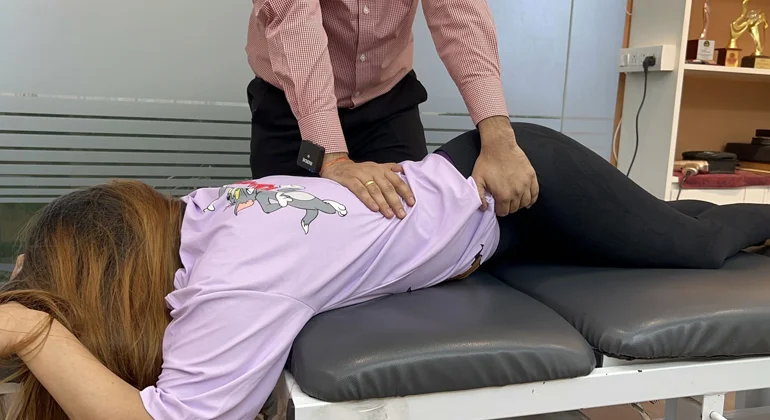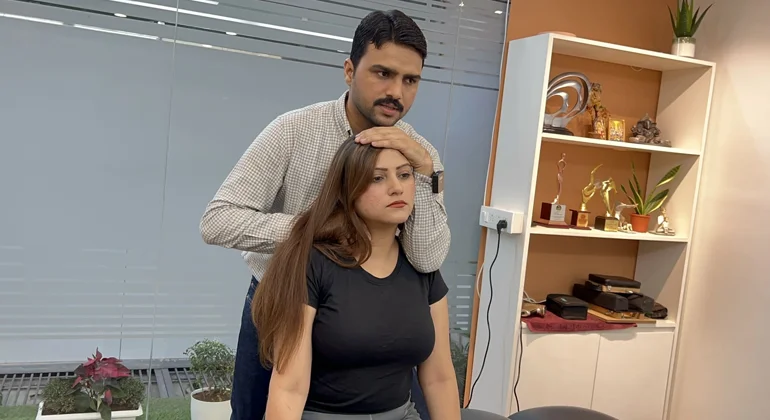
Welcome to Painflame, where we help you heal and manage pain with osteopathy treatment.
If you’re dealing with ongoing discomfort, our experienced practitioners are here to assist you on your journey to feeling better.
In this guide, we’ll explain what osteopathy treatment is, its benefits, techniques used, and how Painflame provides personalized care designed just for you.
Understanding Osteopathy Treatment
Osteopathy represents a drug free and non-invasive manual therapy. It focuses on body’s structure and function to promote overall health & well-being. At Painflame, we recognize the interconnectedness of the body’s structure and function, and how disturbances in one area can manifest as pain or discomfort elsewhere. Through osteopathic treatment, our practitioners aim to restore balance, mobility, and vitality to your body.
Key Benefits of Osteopathy Treatment
The key benefits of osteopathy treatment include:
Pain Relief: Osteopathy targets the root cause of pain through manual techniques, providing effective and long-lasting relief without the need for medication.
Improved Mobility: By addressing musculoskeletal issues and promoting better alignment, osteopathy enhances flexibility and range of motion, allowing for improved movement and function.
Enhanced Well-being: Osteopathy not only focuses on alleviating physical pain but also aims to optimize overall health and well-being. By restoring balance within the body, osteopathic treatment can improve circulation, reduce stress, and enhance organ function.
Holistic Approach: Osteopathy considers the body as a whole, recognizing the interconnectedness of its various systems. This holistic approach ensures that treatment addresses not only symptoms but also underlying causes, promoting comprehensive healing and long-term wellness.
Personalized Care: Osteopathic practitioners tailor treatment plans to each individual’s specific needs and circumstances. By taking into account factors such as medical history, lifestyle, and goals, osteopathy offers personalized care that is tailored to optimize outcomes for each patient.

Techniques Used In Osteopathy Treatment
Osteopathy treatment utilizes a variety of manual techniques to address musculoskeletal issues and promote overall health and well-being. Some common techniques used in osteopathy include:
- Soft Tissue Manipulation.
- Joint Mobilization.
- Muscle Energy Techniques.
- Myofascial Release.
- High Velocity Low Amplitude.
Soft Tissue Manipulation: This involves gentle pressure and stretching of soft tissues such as muscles, tendons, and ligaments to reduce tension, improve circulation, and enhance flexibility.
Joint Mobilization: Osteopaths use precise movements to restore proper alignment and function to joints that may be restricted or stiff. This helps to improve range of motion and reduce pain.
Muscle Energy Techniques (METs): METs involve the active and passive contraction of muscles against resistance to release tension, improve muscle function, and correct imbalances.
Myofascial Release: This technique focuses on releasing tension and restrictions within the fascia, a connective tissue that surrounds muscles, bones, and organs. Myofascial release helps to improve mobility, reduce pain, and restore balance within the body.
High Velocity Low Amplitude (HVLA) Thrust: HVLA thrusts are quick, controlled movements applied to joints to restore normal motion and function. This technique is often used to treat joint restrictions or misalignments.
These techniques are applied based on the individual needs and preferences of the patient, and may be combined to create a personalized treatment plan aimed at addressing specific health concerns and optimizing overall well-being.
Where it is Used?
1. Arthritis: Osteopathy can help alleviate pain and improve mobility for individuals suffering from arthritis, which is inflammation of one or more joints. Osteopathic techniques can reduce stiffness, increase joint flexibility, and enhance overall function for arthritis patients.
2. Foot, ankle, hip, and knee pain: Osteopathy addresses musculoskeletal issues in the lower body, such as pain or discomfort in the feet, ankles, hips, and knees. By targeting the underlying causes of pain, osteopathic treatment can help restore proper alignment, reduce inflammation, and improve mobility in these areas.
3. Back pain, neck pain, and sciatica: Osteopathy is often sought out for its effectiveness in treating back pain, neck pain, and sciatica (pain radiating along the sciatic nerve, typically felt in the lower back, buttocks, and legs). Osteopathic techniques aim to relieve muscle tension, correct spinal alignment, and alleviate pressure on nerves to reduce pain and improve function.
4. Hand, shoulder, and elbow pain: Osteopathy can also provide relief for pain and stiffness in the upper extremities, including the hands, shoulders, and elbows. By addressing muscle imbalances, joint restrictions, and other contributing factors, osteopathic treatment can help alleviate discomfort and improve range of motion in these areas.
5. Headaches: Osteopathy offers a holistic approach to addressing headaches, including tension headaches, migraines, and cervicogenic headaches (caused by neck problems). Osteopathic techniques focus on releasing muscle tension, improving blood flow, and restoring proper alignment in the neck and spine to reduce the frequency and severity of headaches.
What To Expect In Osteopathy?
When you undergo osteopathy treatment, here’s what you can typically expect:
Initial Assessment: Your osteopath will conduct a thorough evaluation of your medical history, current symptoms, and any relevant lifestyle factors. This assessment may include asking questions about your pain or discomfort, performing physical examinations, and assessing your range of motion and posture.
Personalized Treatment Plan:Following the evaluation results, your osteopath will craft an individualized treatment regimen designed to address your distinct requirements and aspirations. This plan may involve a combination of manual techniques, exercises, lifestyle modifications, and self-care strategies to address your condition effectively.
Hands-On Treatment: Osteopathy primarily relies on hands-on manual techniques to manipulate muscles, joints, and soft tissues. During your treatment sessions, your osteopath may use various techniques such as soft tissue manipulation, joint mobilization, stretching, and gentle manipulation to alleviate pain, improve mobility, and promote overall health and well-being.
Comfortable Environment: Osteopathic treatment is typically performed in a comfortable and relaxing environment. Your osteopath will ensure that you are positioned comfortably on a treatment table and will communicate with you throughout the session to ensure your comfort and safety.
Active Participation: Osteopathy emphasizes the importance of active participation in the healing process. Your osteopath may teach you specific exercises, stretches, or ergonomic adjustments to incorporate into your daily routine to enhance the effectiveness of treatment and prevent future recurrences of pain or discomfort.
Holistic Approach: Osteopathy takes a holistic approach to healthcare, considering the interconnectedness of the body, mind, and spirit. Your osteopath will not only focus on addressing your immediate symptoms but will also consider underlying factors that may be contributing to your condition, such as lifestyle habits, stress, or emotional well-being.
Progress Monitoring: Throughout your course of treatment, your osteopath will monitor your progress closely and make any necessary adjustments to your treatment plan. They will also provide guidance and support to help you achieve your treatment goals and maintain optimal health and well-being in the long term.
Why Choose Painflame for Osteopathy Treatment?

There are several reasons why you should choose Painflame for osteopathy treatment:
1. Expert Practitioners: Painflame boasts a team of highly skilled and experienced osteopaths who are dedicated to providing exceptional care. Our practitioners have undergone rigorous training and have extensive experience in treating a wide range of musculoskeletal conditions.
2. Comprehensive Approach: At Painflame, we take a holistic approach to osteopathy treatment, considering the interconnectedness of the body’s systems and addressing underlying issues to promote overall health and well-being. Our practitioners take the time to thoroughly assess each patient’s condition and develop personalized treatment plans tailored to their specific needs.
3. Personalized Care: We understand that every patient is unique, which is why we prioritize personalized care at Painflame. Our practitioners take the time to listen to your concerns, understand your goals, and tailor treatment to address your individual needs and preferences.
4. Evidence-Based Practices: Painflame is committed to providing evidence-based care, incorporating the latest research and best practices in osteopathy into our treatment approach. You can trust that you are receiving high-quality, effective care backed by scientific evidence.
5. Patient-Centered Approach: At Painflame, our patients are our top priority. We strive to create a welcoming and supportive environment where you feel comfortable and cared for throughout your treatment journey. Our practitioners are dedicated to providing compassionate care and empowering you to take an active role in your health and healing.
6. Convenient Location and Flexible Scheduling: Painflame is conveniently located, making it easy for you to access quality osteopathy treatment when you need it. We also offer flexible scheduling options to accommodate your busy lifestyle and ensure that you can receive the care you need at a time that works for you.
Overall, when you choose Painflame for osteopathy treatment, you can trust that you are in good hands. Our expert practitioners, comprehensive approach, personalized care, evidence-based practices, patient-centered approach, and convenient location make us the ideal choice for your osteopathy needs.
Don’t let pain held you back from living your best life. With osteopathy treatment at Painflame, relief is within reach. Trust our expert practitioners to guide you towards renewed vitality and well-being. Wave farewell to discomfort and greet a future devoid of pain. Schedule your consultation today and take the first step towards natural healing.
-
What is osteopathy?
Osteopathy is a form of alternative medicine that focuses on the body's musculoskeletal system to promote health and well-being. It involves manual techniques such as manipulation, massage, and stretching to address a wide range of health issues.
-
What conditions can osteopathy treat?
Osteopathy can treat various musculoskeletal conditions such as back pain, neck pain, joint pain, arthritis, sports injuries, and postural problems. It may also help with headaches, digestive issues, and other health concerns.
-
How does osteopathy differ from chiropractic care?
While both osteopathy and chiropractic care focus on manual techniques to address musculoskeletal issues, they have different underlying philosophies and treatment approaches. Osteopathy tends to take a more holistic approach, considering the interconnectedness of the body's systems, while chiropractic care typically focuses on spinal adjustments to restore alignment.
-
Is osteopathy safe?
Yes, osteopathy is generally considered safe when performed by a qualified and licensed practitioner. Osteopathic treatment techniques are gentle and non-invasive, and adverse effects are rare. However, as with any medical treatment, there may be some risks, particularly for individuals with certain health conditions. It's essential to consult with a healthcare professional to determine if osteopathy is suitable for you.
-
What can I expect during an osteopathy session?
During an osteopathy session, your practitioner will conduct a thorough assessment of your medical history, symptoms, and lifestyle factors. They will then use a variety of manual techniques to address your specific concerns, such as manipulation, massage, stretching, and exercise prescription. Osteopathic treatment goal is to alleviate pain, improve mobility, and promote overall health and well-being.


